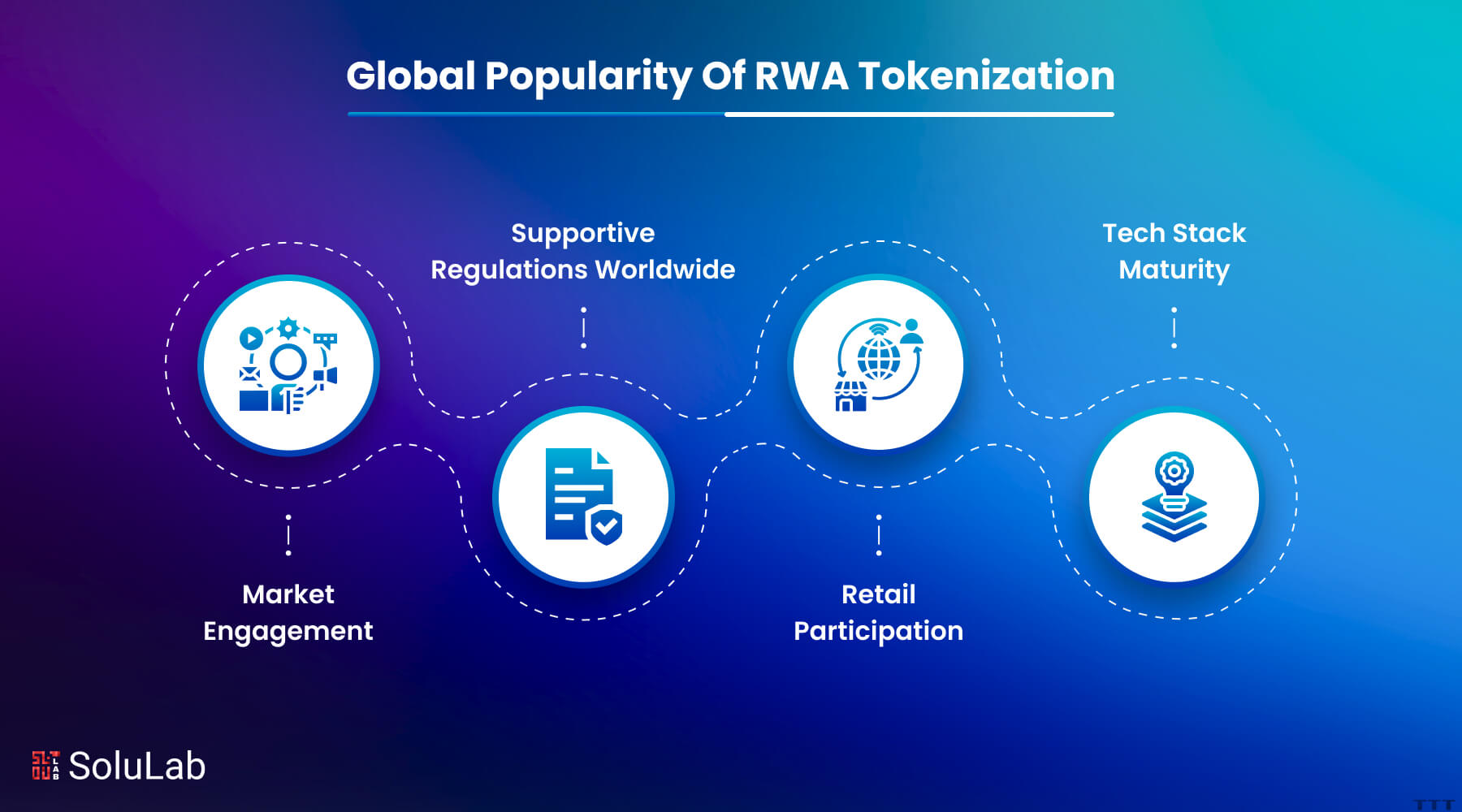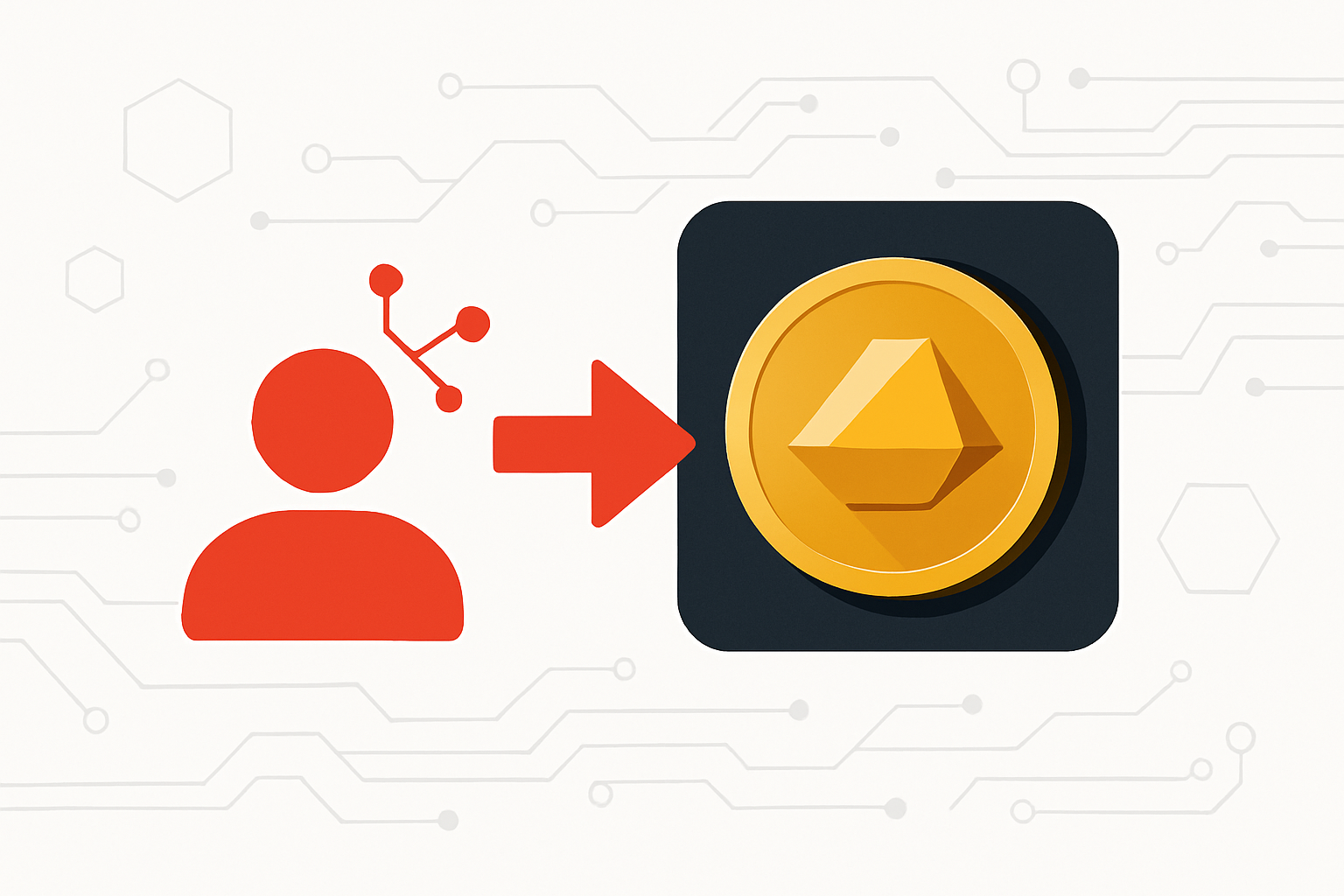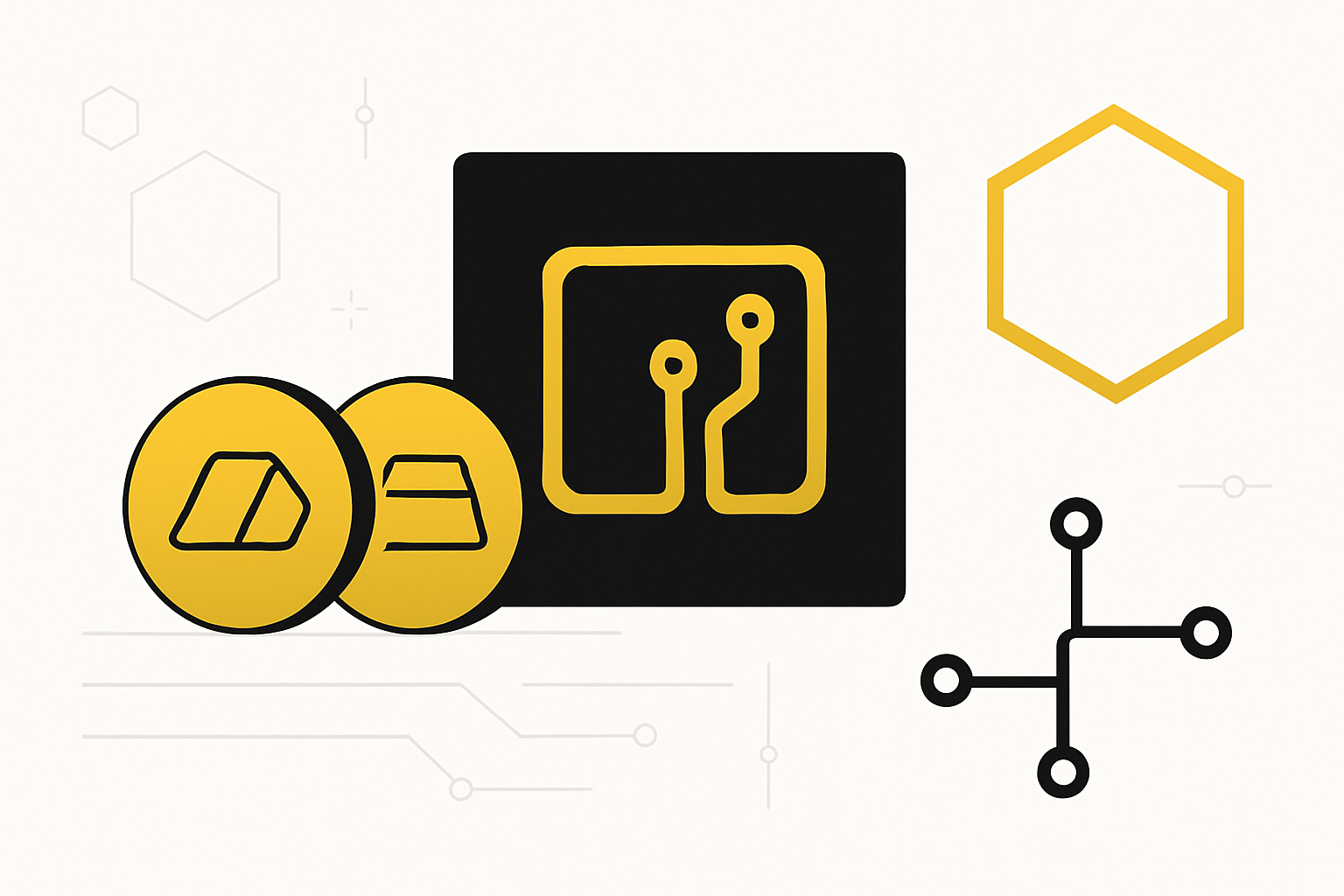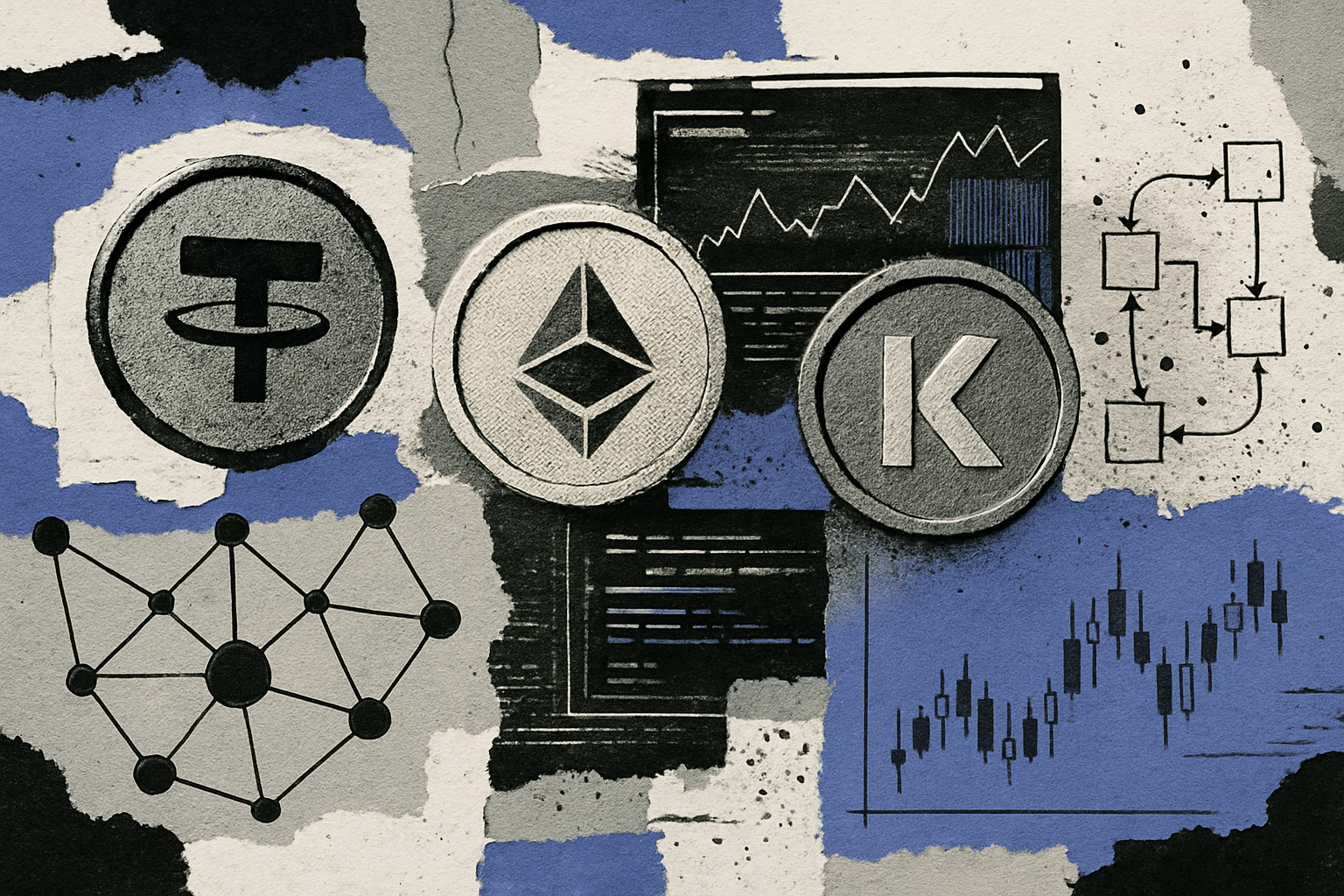Environmental Impact of Tokenized Commodities: Sustainable Investing Insights

The rapid ascent of tokenized commodities is transforming not just capital markets, but also the sustainability landscape. As gold, oil, and agricultural products migrate onto blockchain networks, investors are asking: what is the real environmental impact of tokenized commodities? This is no theoretical debate. With billions in physical assets now mirrored as digital tokens, every watt consumed and every ton of emissions matters in the calculus of sustainable investing.

Tokenization: Efficiency Gains or Environmental Burden?
At its core, tokenization promises to streamline commodity trading. By digitizing ownership and settlement processes, platforms eliminate much of the paperwork and logistics that have historically underpinned global trade. According to dualmint.com, this reduction in physical resource use translates into lower greenhouse gas emissions and less energy consumed for transportation and document management. In a world where every marginal gain counts toward decarbonization targets, these efficiencies are not trivial.
However, there’s a flip side. The very blockchains enabling these innovations can themselves be energy-intensive. Platforms relying on proof-of-work consensus mechanisms require significant computing power for transaction validation – a process that has drawn criticism for its carbon footprint. The OECD notes that while greater computing power may not always lead to additional crypto-related emissions by design, energy use remains a key concern for sustainable investing on blockchain networks.
The Sustainability Case for Green Commodity Tokens
Tokenized commodities aren’t just about speed and transparency; they’re also emerging as vehicles for sustainable investing. By embedding ESG data directly into tokens or leveraging smart contracts to enforce compliance with environmental standards, issuers can offer investors unprecedented visibility into the lifecycle impact of their assets. For example, carbon credit tokenization enables farms practicing regenerative agriculture to monetize positive environmental practices – unlocking liquidity while directly supporting sustainability goals (prism.sustainability-directory.com).
Key Environmental Pros and Cons of Tokenized Commodity Investing
-
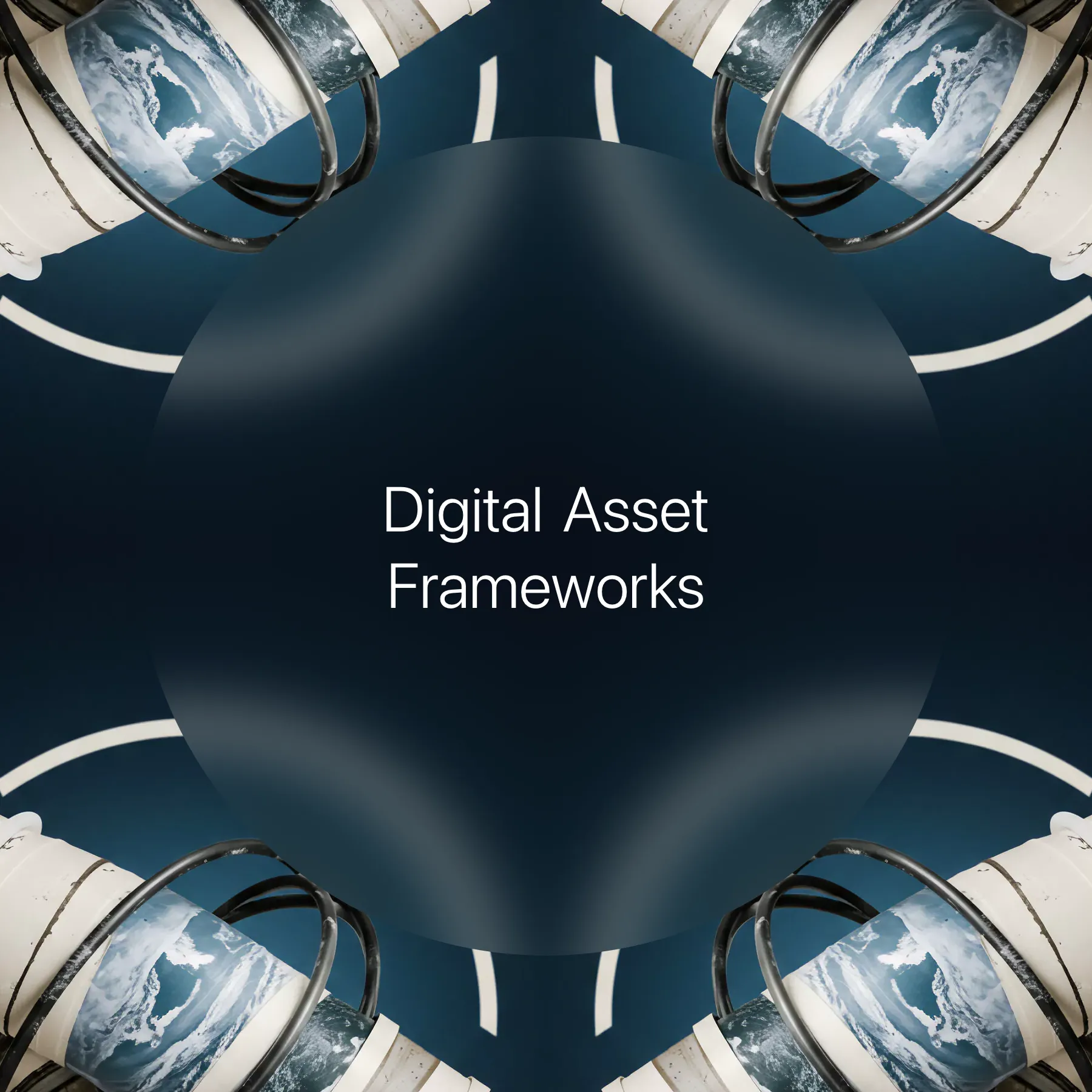
Reduction in Physical Resource Use: Tokenizing commodities eliminates much of the paperwork and logistics involved in traditional asset management, reducing energy consumption and greenhouse gas emissions tied to physical documentation and transportation. Source: Dualmint
-

Promotion of Sustainable Practices: Blockchain-based tokenization enables real-time monitoring of energy use and sustainability metrics, supporting the adoption of energy-efficient measures in industries like real estate and agriculture. Source: Dualmint
-
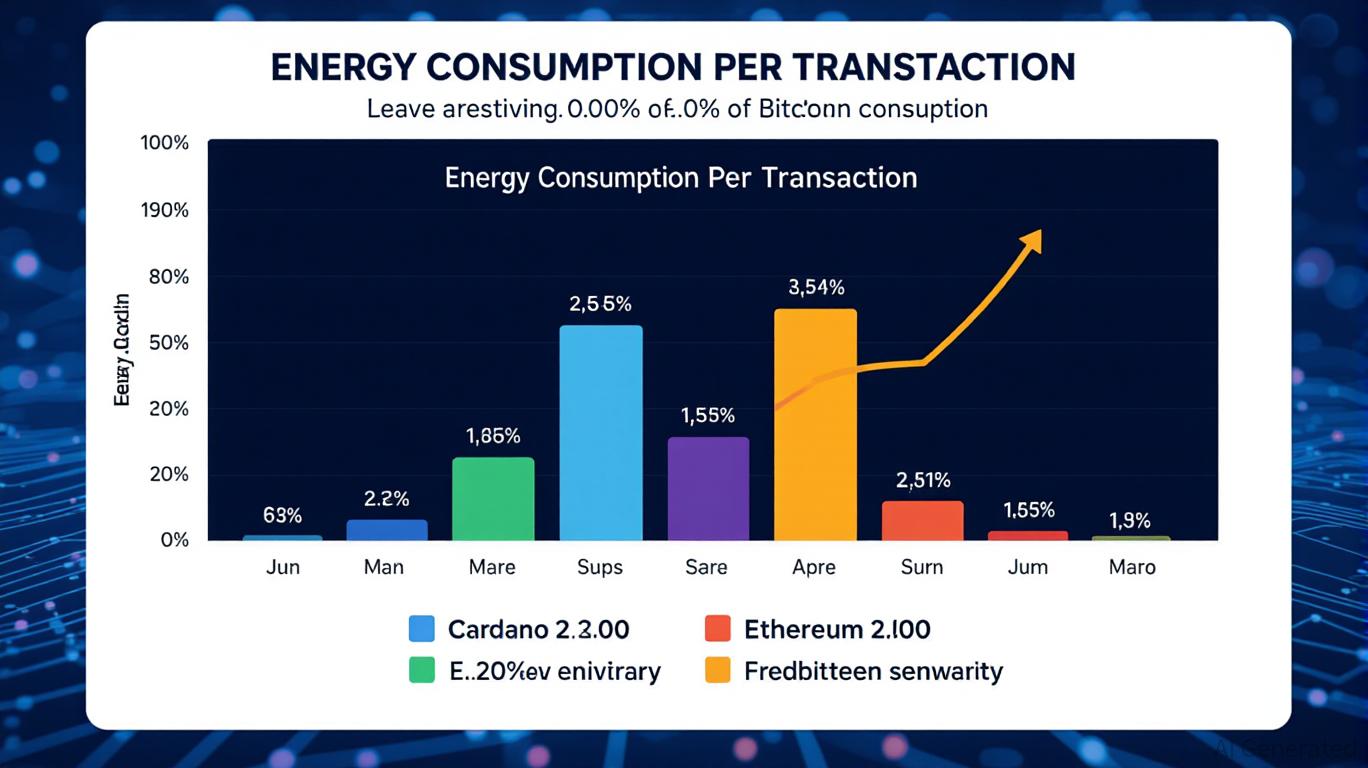
Energy Consumption of Blockchain Networks: Many tokenized commodity platforms operate on energy-intensive blockchains (such as those using proof-of-work), leading to significant carbon emissions from mining and transaction validation. Source: Brickken
-
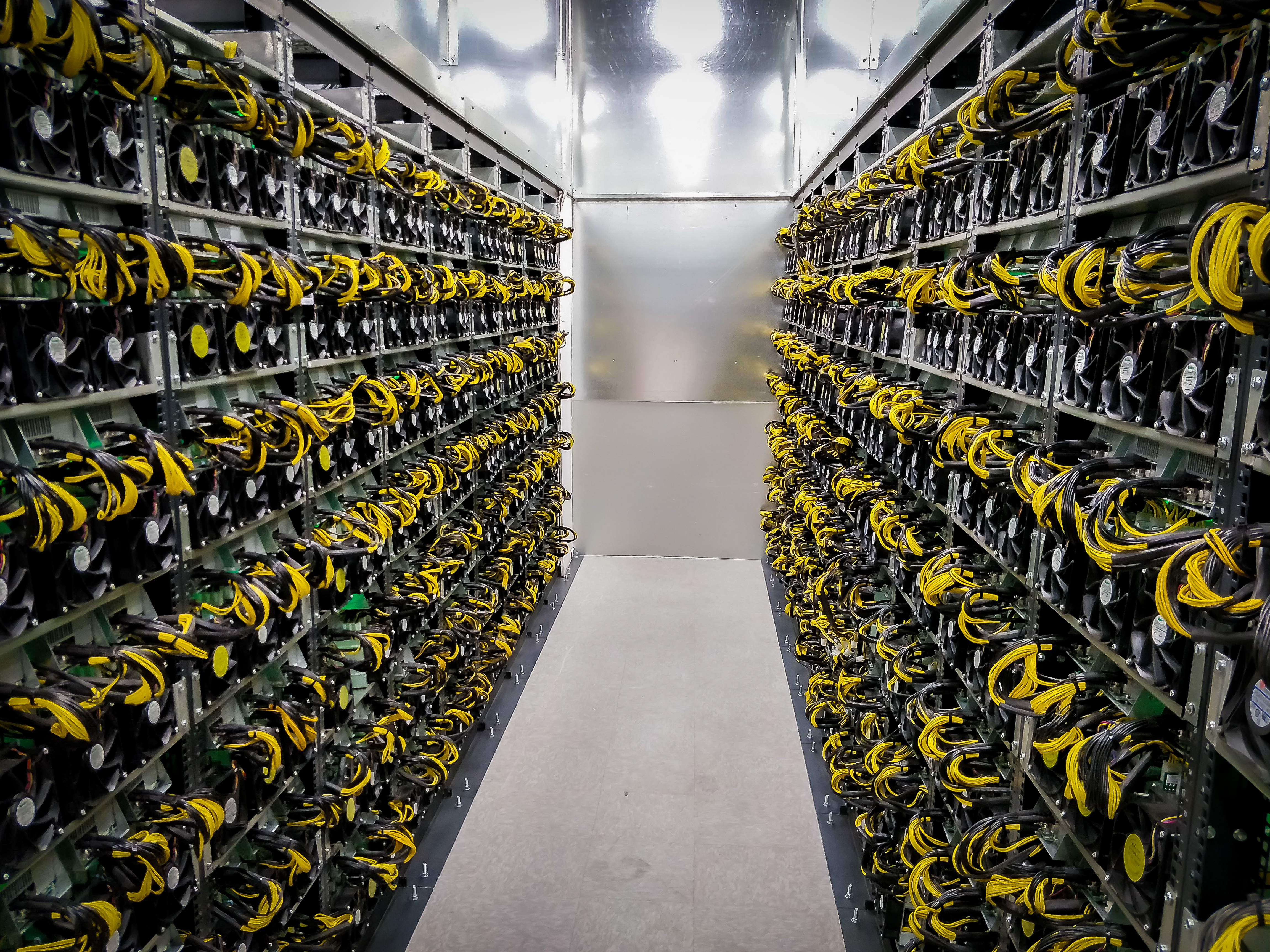
Electronic Waste Generation: The hardware required for blockchain operations, including mining rigs and servers, has a limited lifespan, contributing to the growing issue of electronic waste (e-waste). Source: Brickken
-

Risk of Greenwashing: Without robust standards and third-party verification, some tokenized commodities may make unsubstantiated sustainability claims, undermining genuine environmental efforts and investor trust. Source: Prism Sustainability Directory
-
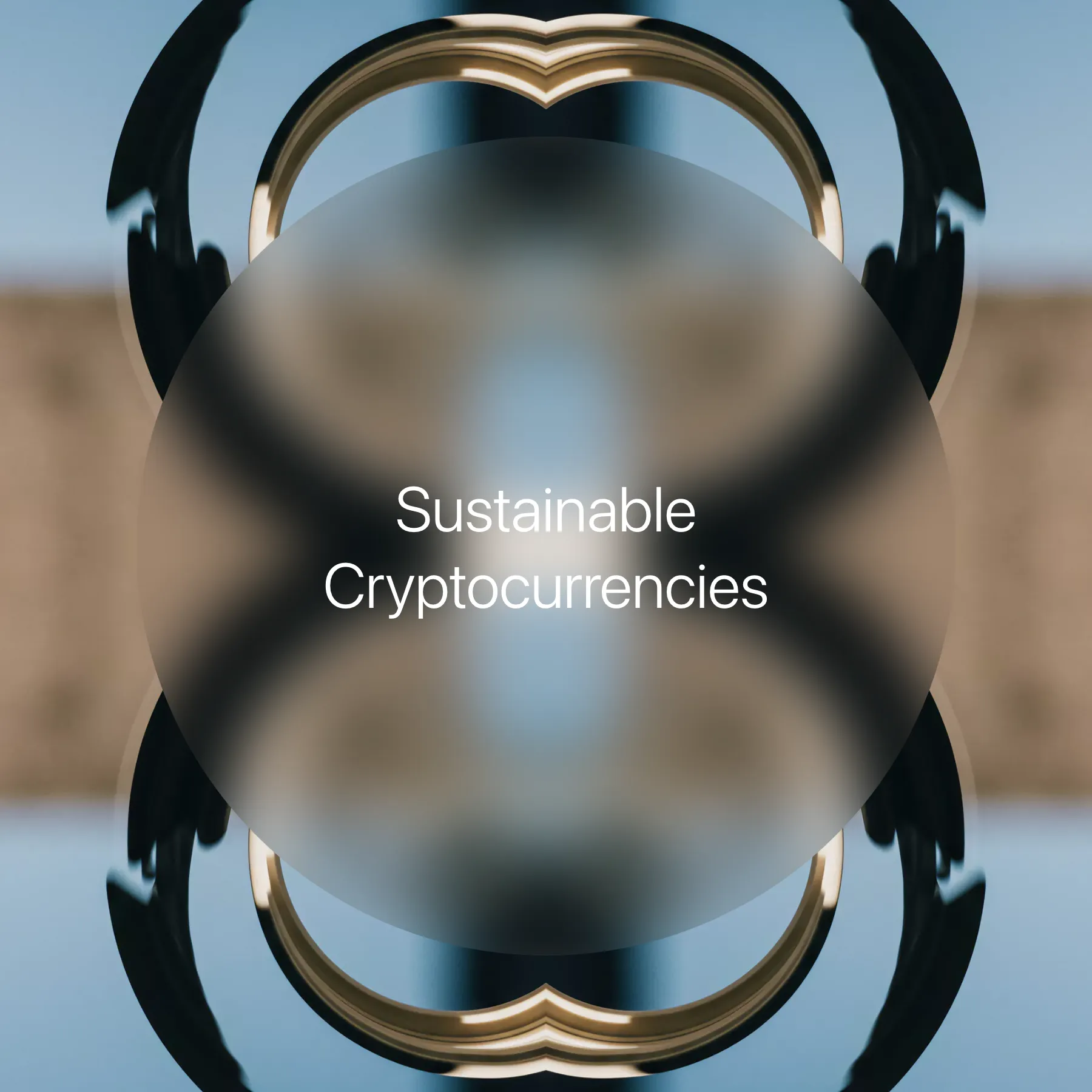
Potential for Lower Impact via Energy-Efficient Blockchains: The shift to proof-of-stake and other energy-efficient consensus mechanisms (as seen with Ethereum‘s transition) can drastically reduce the environmental footprint of tokenized commodity platforms. Source: Minds of Capital
-

Integration with Renewable Energy: Powering blockchain operations with renewable energy sources offers a path to significantly mitigate carbon emissions associated with tokenized commodity investing. Source: Minds of Capital
This paradigm shift extends beyond agriculture. Real-time tracking enabled by tokenized energy assets allows producers and traders to quantify their own environmental footprint as never before (dualmint.com). And in sectors like real estate or metals trading, enhanced transparency can help root out greenwashing by making supply chain data auditable on-chain.
The Hidden Costs: Blockchain Energy Use and E-Waste
No discussion of sustainable investing blockchain strategies would be complete without addressing the elephant in the room: blockchain’s own environmental costs. Proof-of-work mining rigs have limited lifespans; their disposal contributes to mounting electronic waste challenges worldwide (brickken.com). And unless powered by renewables, the electricity required for transaction processing can erode many of the climate gains made elsewhere in the value chain.
The risk isn’t just direct emissions or e-waste either. Without robust standards for what constitutes a “green” commodity token, there’s a real danger that some projects may overstate their sustainability credentials – undermining trust in both digital assets and ESG markets overall (prism.sustainability-directory.com).
Mitigating these risks requires a multi-pronged approach. The industry is already seeing a shift toward energy-efficient consensus mechanisms, with proof-of-stake (PoS) and related protocols drastically lowering the energy requirements of blockchain networks. This is not just a technical tweak, but a strategic imperative for any tokenization platform seeking ESG-aligned capital and credibility. As more commodity tokens migrate to PoS or hybrid blockchains, the sector can begin to decouple digital asset growth from unsustainable electricity consumption.
Equally important is the development and enforcement of rigorous standards for green commodity tokens. Platforms are beginning to implement transparent audit trails, third-party verification, and on-chain sustainability disclosures. These measures help prevent greenwashing and ensure that environmental claims are substantiated by verifiable data, transforming trust from a marketing slogan into an auditable reality.
Investor Strategies: Balancing Impact and Opportunity
For investors, navigating the environmental impact of tokenized commodities means moving beyond headline narratives. It requires due diligence on both the underlying asset and the blockchain infrastructure supporting it. Key questions include:
- Does the platform use energy-efficient consensus mechanisms?
- Is there independent verification of sustainability claims?
- Are renewable energy sources integrated into network operations?
- What is the lifecycle plan for hardware used in validation?
The answers can vary widely, and so can risk-adjusted returns. Some projects are pioneering real-time environmental tracking, allowing investors to monitor emissions, water use, or land impacts associated with their holdings. Others are experimenting with dynamic carbon offsetting, embedding automated compensation for environmental externalities directly into smart contracts.
Key Investor Considerations for Sustainable Tokenized Commodities
-

Assess the Blockchain’s Energy Efficiency: Prioritize platforms utilizing proof-of-stake (PoS) or other low-energy consensus mechanisms, such as Ethereum (post-Merge) and Polygon, to minimize environmental impact compared to traditional proof-of-work systems.
-
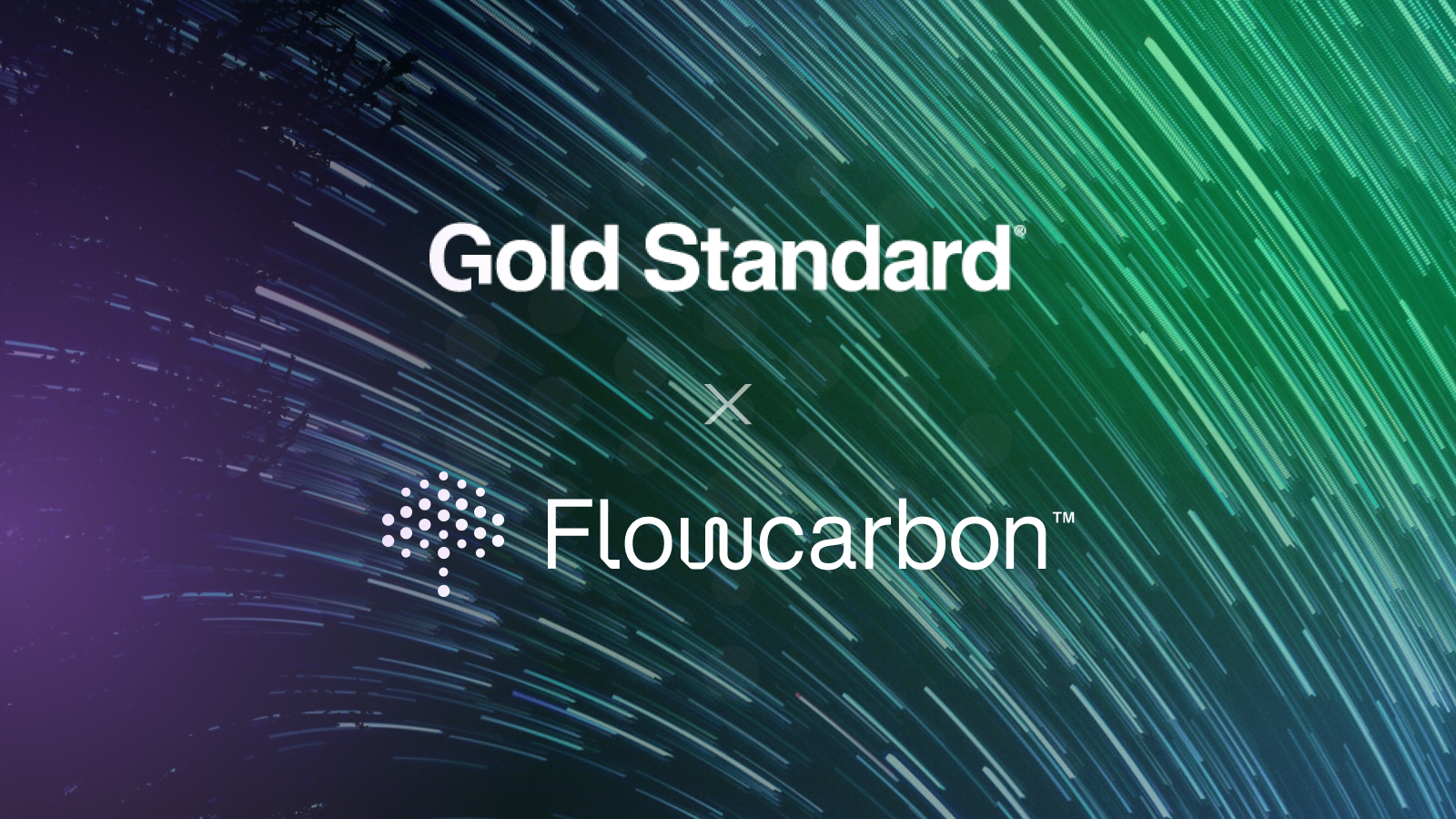
Verify Environmental Claims and Standards: Ensure tokenized commodities are issued on platforms adhering to recognized sustainability standards, like Verra or Gold Standard for carbon credits, to avoid greenwashing and support genuine impact.
-

Evaluate Transparency and Traceability Features: Opt for solutions offering robust, on-chain tracking of environmental data, such as Toucan Protocol or KlimaDAO, which enable real-time verification of sustainability attributes.
-

Consider Platform Integration with Renewable Energy: Favor projects that power blockchain operations with renewables, such as Energy Web, which facilitates renewable energy tracking and integration for digital assets.
-

Monitor Electronic Waste Management Practices: Investigate how platforms address hardware lifecycle and e-waste, especially for networks with significant physical infrastructure, and look for public disclosures or partnerships with responsible recycling organizations.
-

Analyze Regulatory Compliance and Reporting: Choose platforms committed to transparent ESG reporting and compliance with evolving environmental regulations, such as those aligning with Global Reporting Initiative (GRI) standards.
This ongoing evolution means that sustainable investing through blockchain is neither binary nor static. It’s an active process, one where strategic allocation can drive both financial performance and measurable positive impact.
Looking Forward: The Next Phase of Sustainable Tokenization
The intersection of commodities and blockchain technology will only grow more influential as regulatory frameworks mature and institutional capital flows accelerate. Expect to see increased integration between tokenized commodities markets and ESG data providers, enabling seamless reporting for both compliance and impact measurement.
Sustainable investing blockchain strategies will also benefit from greater interoperability between platforms, making it easier to aggregate data across supply chains and asset classes. As standards converge, green commodity tokens may become not just an alternative investment vehicle but a core pillar of climate-aligned portfolios.
The journey toward true sustainability in digital assets isn’t linear, but it’s clearly underway. By demanding transparency, embracing innovation in consensus design, and supporting robust verification systems, investors have the power to shape this emerging market in line with long-term environmental goals.

